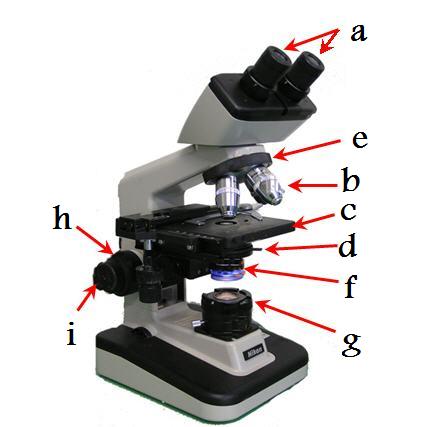Essential Techniques in Microscopy for Biological Sciences
- NGSS
- IB Biology
2.
We’ll put your name on your report, certificate, and leaderboard.










 Back to top
Back to top






